How to make a hydrangea blue or blue?
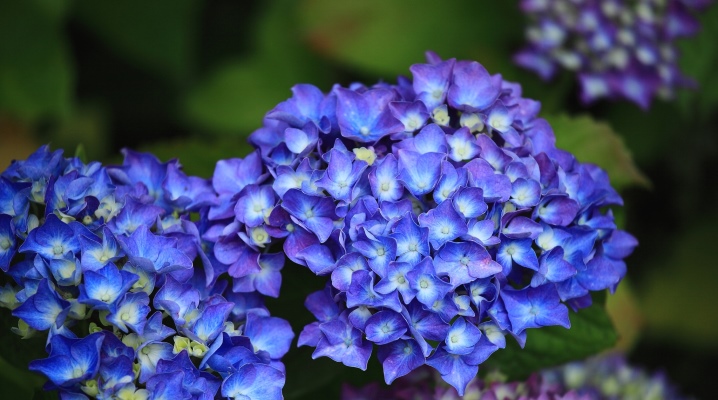
Hydrangea or hydrangea is an ornamental shrub known and loved by flower growers. Several varieties are cultivated for landscaping parks or squares. These shrubs are grown both in summer cottages and even at home. It has been noticed that some hydrangeas are able to change the color of flowers blooming on the branches, this unusual phenomenon allows you to change the appearance of the site without transplanting and long-term cultivation of new seedlings, while the color of the inflorescences can change from pink to blue and even blue. Let's consider how to stimulate this process.

Why do inflorescences change color?
The color of the inflorescences is usually due to the specific characteristics of the plant; it is a hereditarily fixed trait. To obtain varieties with a different color of flower petals, it is usually necessary to carry out many years of careful and painstaking breeding work. The same has to be done with hydrangeas, but, fortunately, not with all. Nature is so diverse that some plants manage to respond to the composition of the soil precisely by the variability of the color of the petals. Let's see how this happens.

Hydrangea cells contain special substances - anthocyanins. They, of course, are also present in the cell sap of other species, but the content is usually so small that it cannot in any way affect the appearance of the plant.
For anthocyanins to show their properties, certain conditions are necessary. It is the combination of conditions that leads to the formation of inflorescences of various shades - from blue to pink.
The difference at the chemical level is the presence of an aluminum ion in the anthocyanin molecule. Different shades (from pink to blue on one plant) can be obtained if there are not enough ions of this metal. Aluminum is one of the most common chemical elements. Its content in the soil is usually high enough to turn all hydrangeas into shrubs with blue flowers. The question arises, where do pink hydrangeas come from in this case, to which chemistry will again answer.
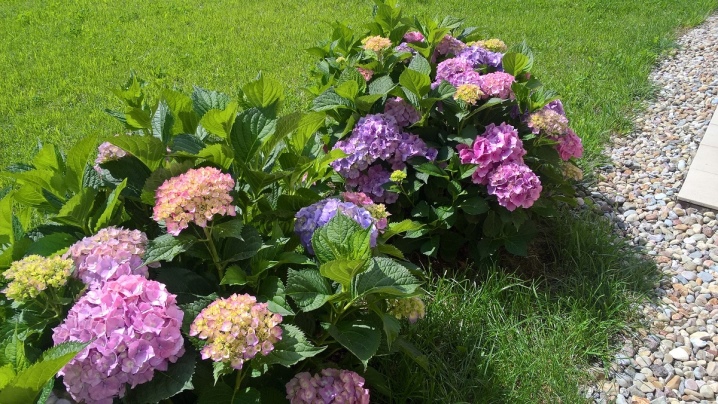
The fact is that a plant can only assimilate free ions, which is why not every soil, which actually contains many elements necessary for a plant, is equally fertile. Likewise, the aluminum ions, which cause the blue tint of hydrangea leaves, are necessary for it in a free state. They remain so if the soil is acidic. In neutral, and even more so alkaline, metal ions are bound with hydroxide ions and cannot be assimilated by the plant. As a result, the anthocyanin molecule is left without an aluminum ion, and the flower takes on a pink tint.
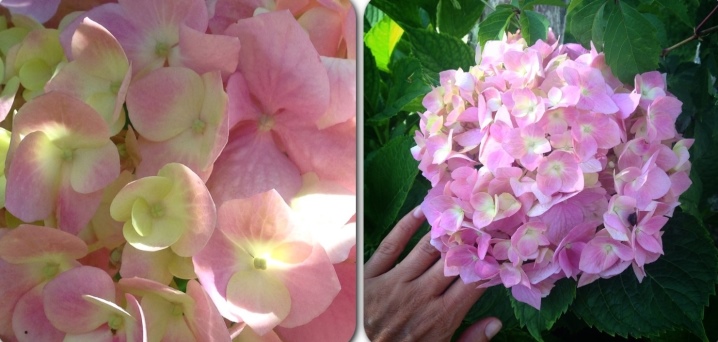
But that's not all. Phosphorus can be one of the elements that bind free aluminum ions. Even if the acidity of the soil is low, but it contains free phosphorus ions, aluminum will be inaccessible to plants. Thus, applying phosphate fertilizers can gradually transform a blue hydrangea into a plant with pink flowers, as all the aluminum will bind into strong molecules. Hydrangeas with anthocyanins in their cells can change the color of their inflorescences as a result of changes in the following factors:
- the presence of free aluminum ions in the soil;
- acidity of the soil;
- phosphorus content in the soil.
A change in at least one of them will necessarily affect the color of the resulting inflorescences.

Although in fact everything in nature is so closely interconnected that often attempts to change one of the factors lead to complex changes in soil properties. As a result, flowers of a different shade may appear on the hydrangea bush.
What varieties can change the tone?
Several varieties of hydrangeas are known, namely:
- tree-like;
- paniculate;
- oak-leaved;
- large-leaved.
It was on the basis of the large-leaved hydrangea, which received the second name - garden, that a number of varieties were bred that have spread in culture throughout the world. Genetically, some have fixed a certain color of the inflorescence. So, the inflorescences of the Purple Tiers hydrangea have a purple color under any growing conditions. However, most garden hydrangeas are susceptible to changes in the tone of the inflorescences when the acidity of the soil changes: Ayesha, Endless Summer, Nikko Blue. Very reluctant, but can still change the color of the petals from purple to crimson Ami Pasquier garden hydrangea, for this the soil must become very acidic.
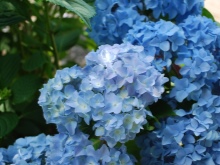
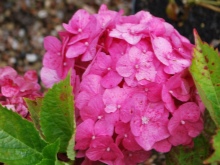
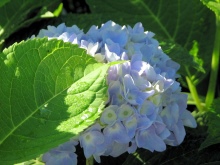
The right time for change
The most appropriate time to change the color of garden hydrangea inflorescences can be considered autumn and early spring, before the buds appear. The flowering plant does not change the color of the petals. You will have to start the process of changing the color of petals and soil parameters by determining the acidity (aka pH-factor).
To do this, you need to purchase a special indicator paper. It is sold in gardening stores.
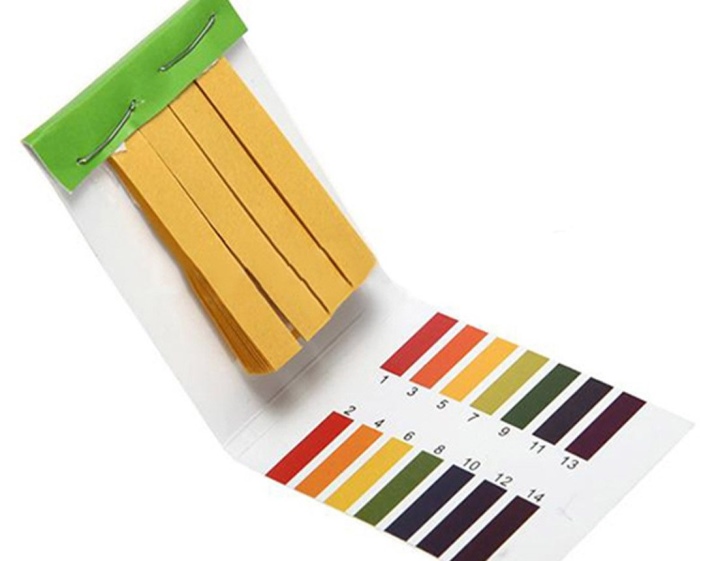
The paper changes color depending on the reaction of the environment. To determine, it is necessary to stir a lump of soil in a small volume of water and dip indicator paper into this solution. Having taken it out, you immediately need to compare the color that it acquired with the sample printed on the package, namely:
- if the indicator is 4 or less, the environment is very acidic;
- 4.5–5.5 - sour;
- from 5.5 to 6.5 - slightly acidic;
- 6.5-7 - neutral;
- more than 7 - alkaline.
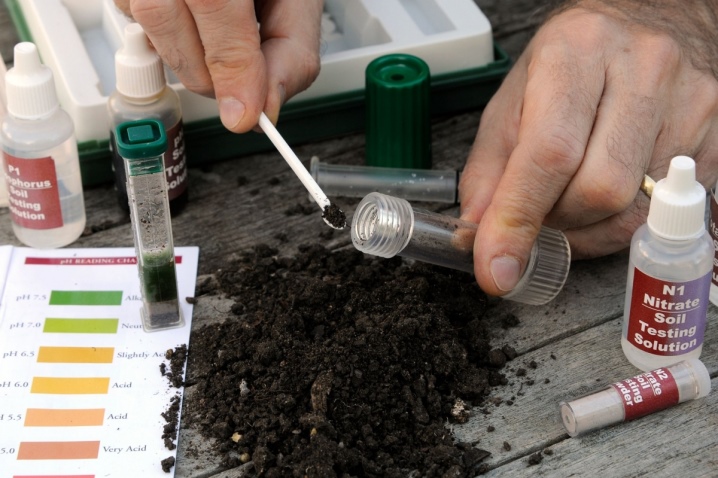
Important! If the indicator is below 6.5, the tone of the inflorescences will tend to blue - this is acidic soil and aluminum ions in it are free.
If the indicator is above 6.5, the soil has a neutral or alkaline reaction, these ions are bound, the flowers of variable varieties of garden hydrangea will be pink.
Having determined the acidity, you can proceed to the procedure for changing it. The process can sometimes take several seasons. Sharp changes in soil acidity are undesirable for a plant and can affect its general development, even cause its death. It should be noted that it is unrealistic to change the acidity throughout the entire area. If this process is suspended for some reason, the indicators will gradually return to the natural, characteristic of the area.
At this time, it is necessary to carefully consider feeding the stressed plant. We must remember about the effect of phosphorus on aluminum ions. It is impossible to completely exclude the element necessary for normal development, but its excessive amount will make aluminum inaccessible, it will not work to get blue or blue flowers.
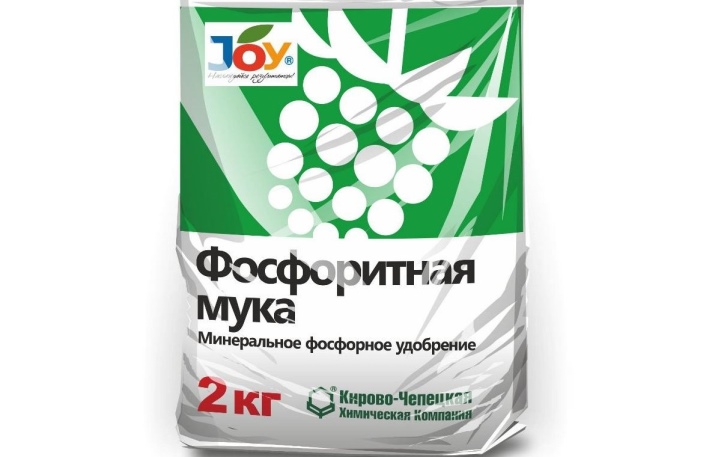
How do I change the color?
Changing the color of hydrangea inflorescences is not an easy task that requires care, patience and endurance. It is far from always possible to get flowers of exactly the same color as you would like the first time. The process is further complicated by the fact that the results of labor become evident only when the flowers begin to bloom. If the hopes are not justified, you will have to wait until the end of flowering or next spring to continue the experiments. If it did not work right away, you should not stop trying to paint the hydrangea in the desired color, because sometimes only one, the very last, decisive step is missing.
It is best to do this if your hydrangea is white. The color of the white hydrangea can be changed into different shades, of course, if the characteristics of the variety allow it.
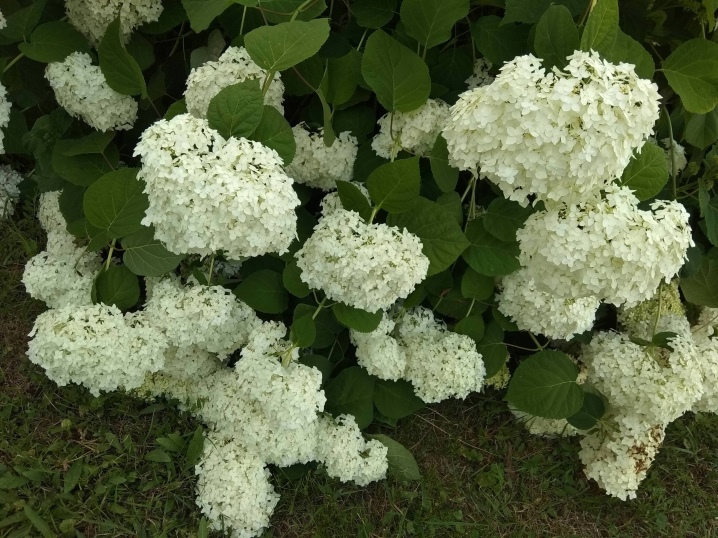
Most often, the first flowering after planting, if the shrub is already quite developed, this is exactly what happens, since the most suitable environment was created during its cultivation. The next flowering, most likely, will occur under the influence of trace elements of the soil in which the plant was planted. If there are enough anthocyanins in the cells, which is determined by the characteristics of the variety, the hydrangea will begin to change the color of the petals.
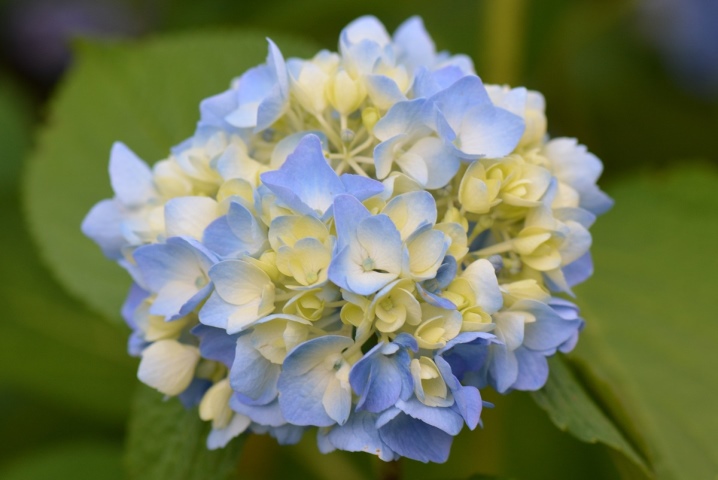
If the soil in the area is acidic, the hydrangea inflorescences will become more blue with each flowering. Nothing needs to be done to make it blue. But if the flowers began to turn pink, disrupting the gardener's plans, it is necessary to immediately begin work on giving the petals the desired shade. For hydrangea to be blue or have a blue tint, you will need to provide it with free aluminum ions. To make aluminum ions more accessible, it is necessary, first of all, to increase their number. There are several ways to do this.
- Water the bushes with aluminum alum. Dissolve 3 g of alum in 1 liter of water. It is necessary to prepare 10 liters of solution for the bush. Watering is carried out regularly once a week for a month. In no case should you increase the dose of alum, this can cause the death of the plant.
- Feed the hydrangea with aluminum sulfate. In dry form, it is necessary to add 500 g of substance per 1 square meter. You can also water the hydrangea with a solution of this substance at the rate of 3 g per 1 liter of water. Some formulations designed to make it blue, produced by well-known companies (for example, "Rainbow" or "Blue Hydrangea"), contain exactly aluminum sulfate.
- It is necessary to remember about the phosphorus content in mineral dressing., it should be minimal. In no case should superphosphate be used, and bone meal is also undesirable.

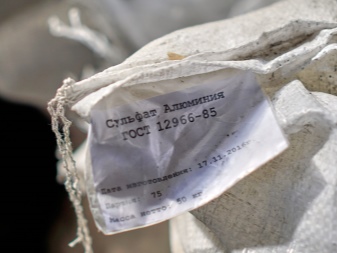
Hydrangeas have been cultivated in Europe since the 14th century. Even then, gardeners, primarily monks, noticed that the shrub can change color if transplanted to another place. Soon the first experiments on coloring hydrangeas began. Many methods of the Middle Ages for "repainting" hydrangea are still used today as folk remedies.
- The simplest is the introduction of so-called acidic organic matter into the soil: peat, rotted needles, sawdust or crushed pine bark. Like many folk remedies, this one requires methodology and constancy, and its effect will not be noticeable immediately.
- There is also such a simple method that causes the appearance of a blue tint, such as burying iron objects under the roots: nails, cans, and so on. Iron oxidation can also cause an increase in soil acidity near the hydrangea roots. The method, like the previous one, is effective, but very slow.
- Another popular method is to water plants with rainwater with lemon juice or dissolved citric acid. It is clear that watering once is not enough. This process should become regular.
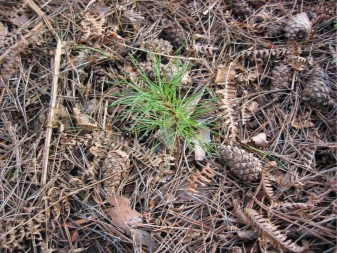
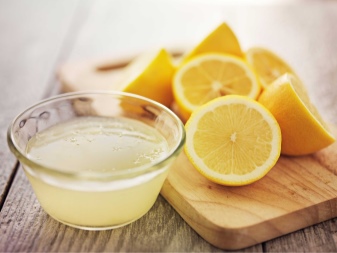
Often, gardeners use complex methods to give inflorescences a blue tint, while simultaneously introducing acidic organic matter, increasing the aluminum content and reducing the introduction of phosphorus. Such a complex method may be the most effective. If the study of the reaction of the soil on the site revealed its alkaline reaction, you can get rid of this almost invincible factor by using containers for growing blue hydrangeas. They create conditions favorable specifically for blue inflorescences, and the effect of an external, unfavorable environment for this can be completely excluded.
How to change the color of hydrangea, see below.



































































The comment was sent successfully.